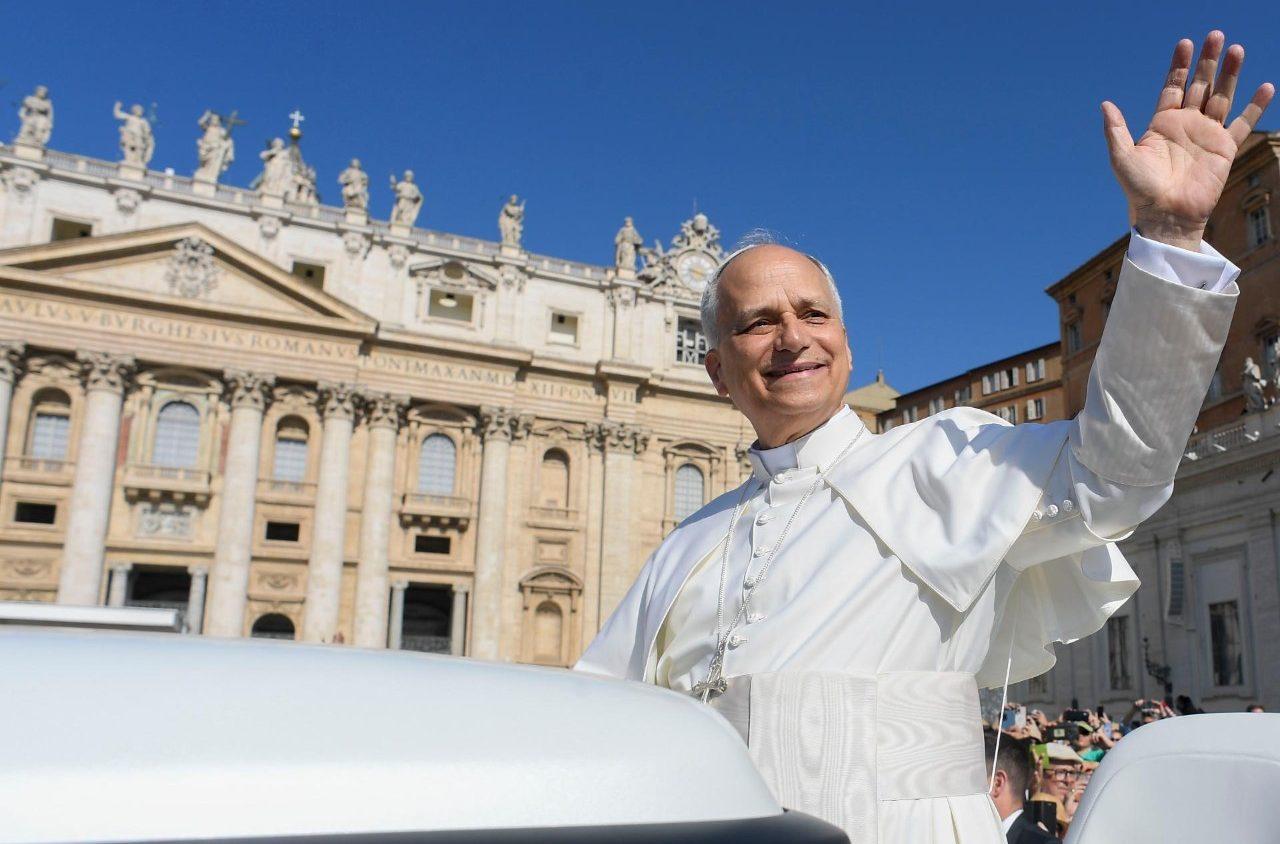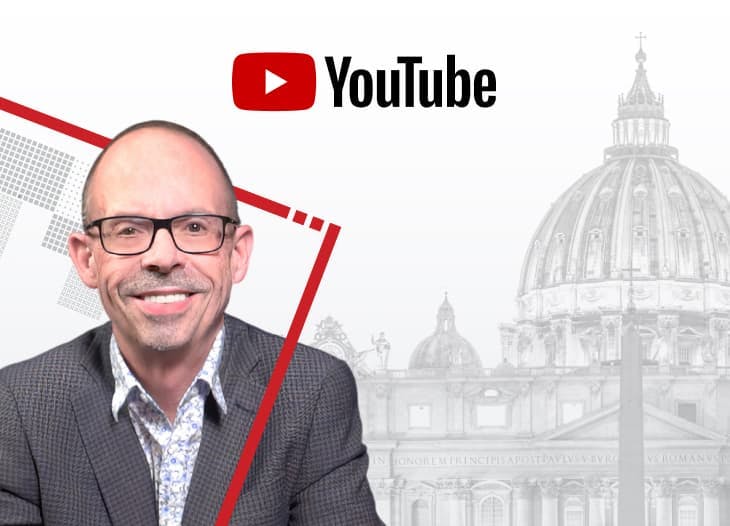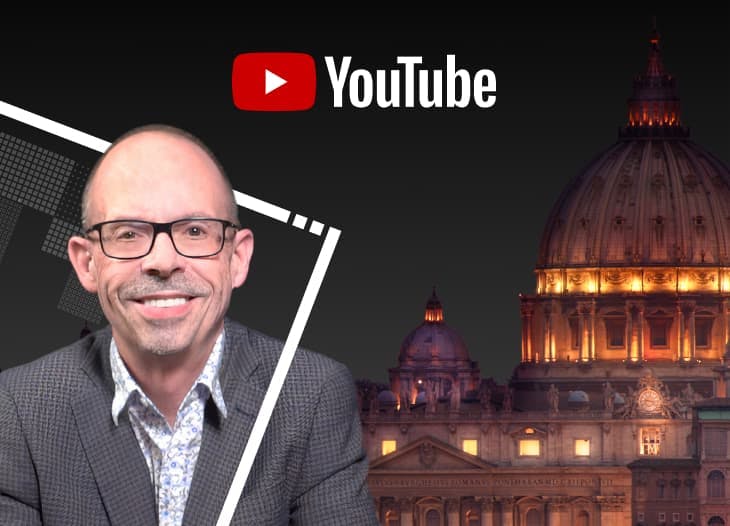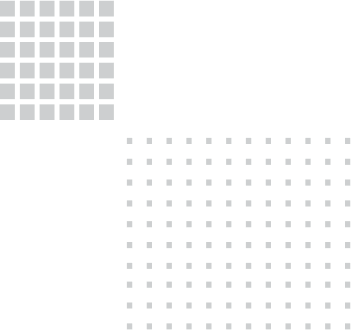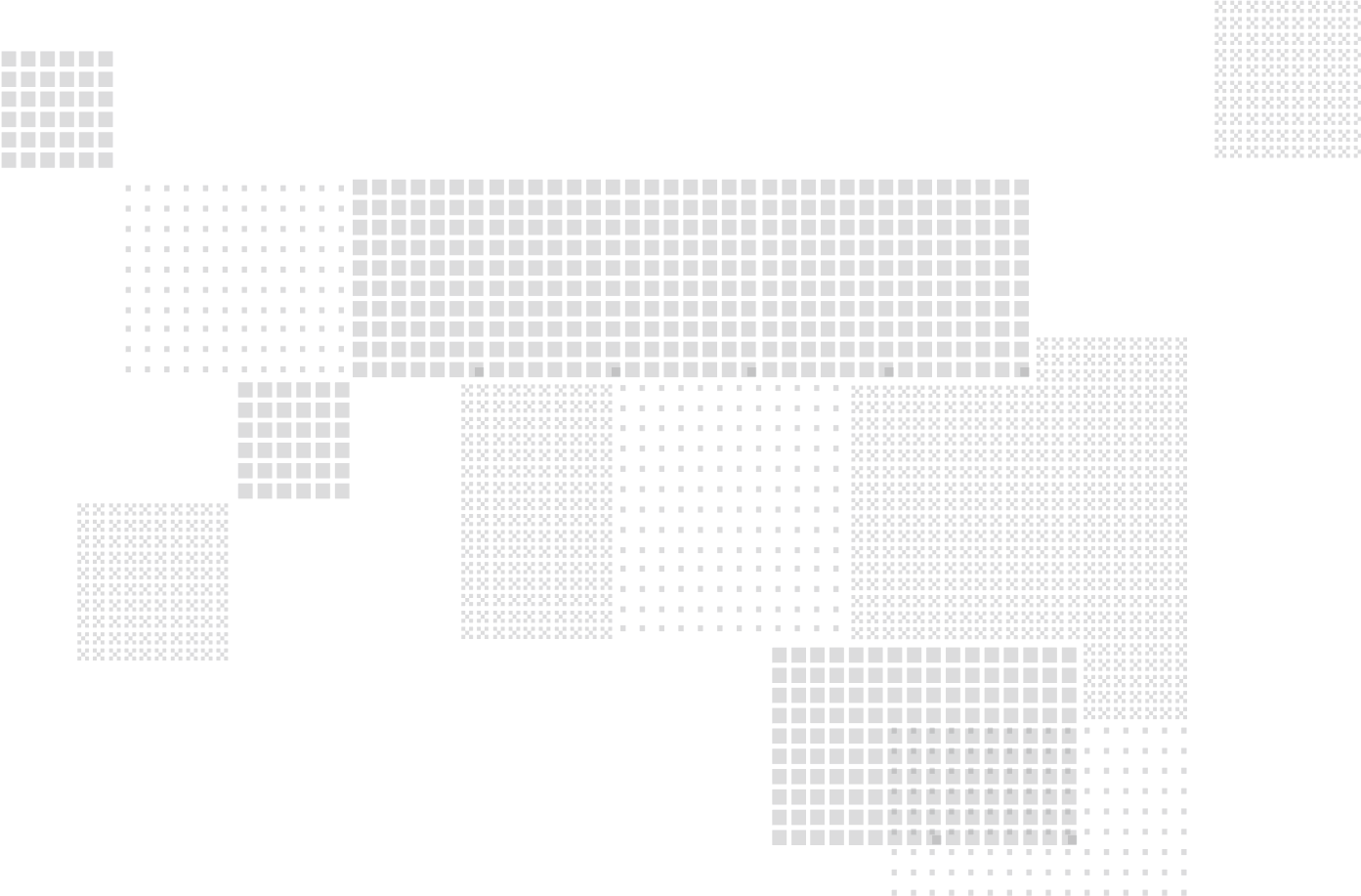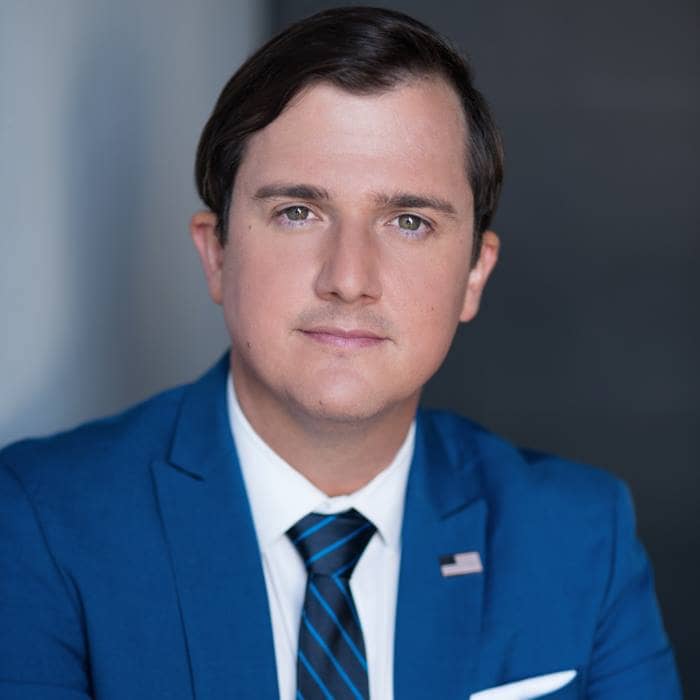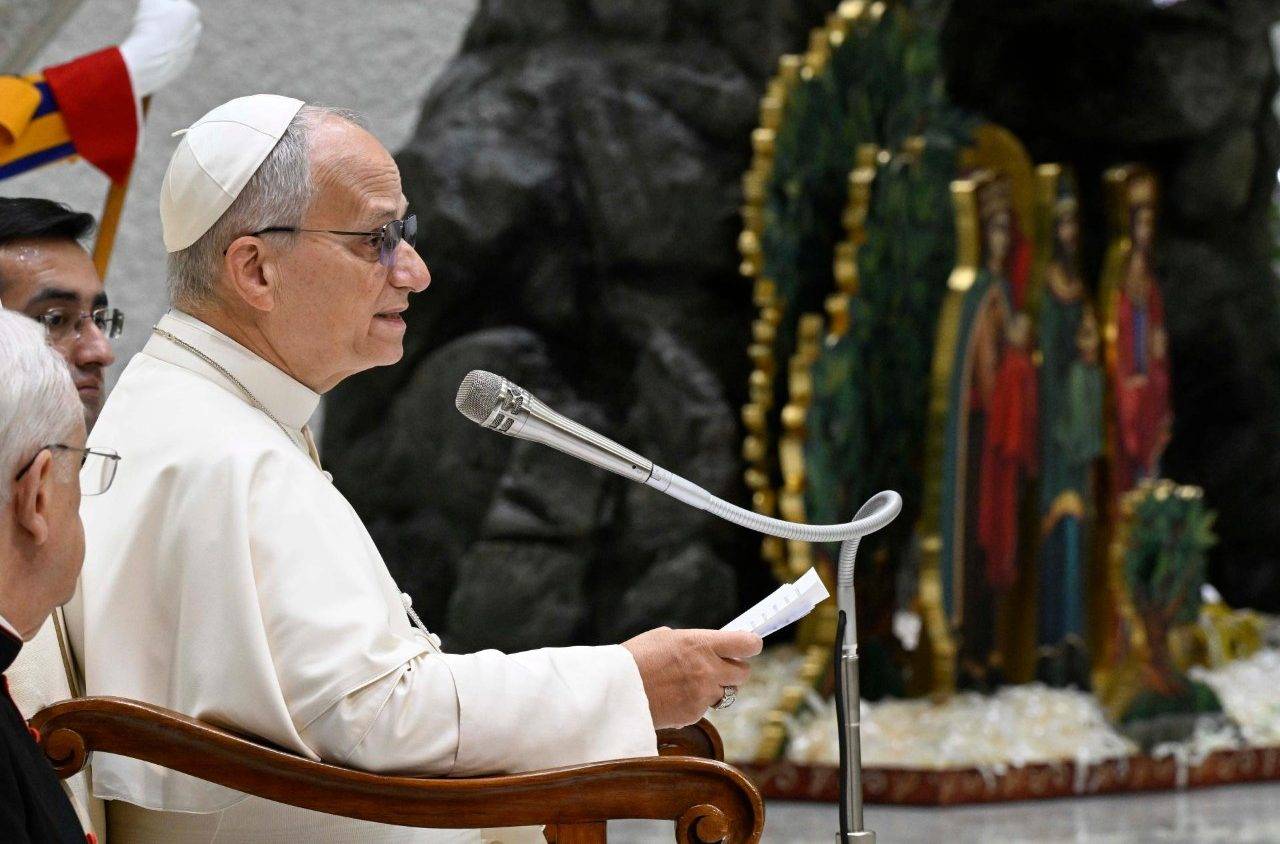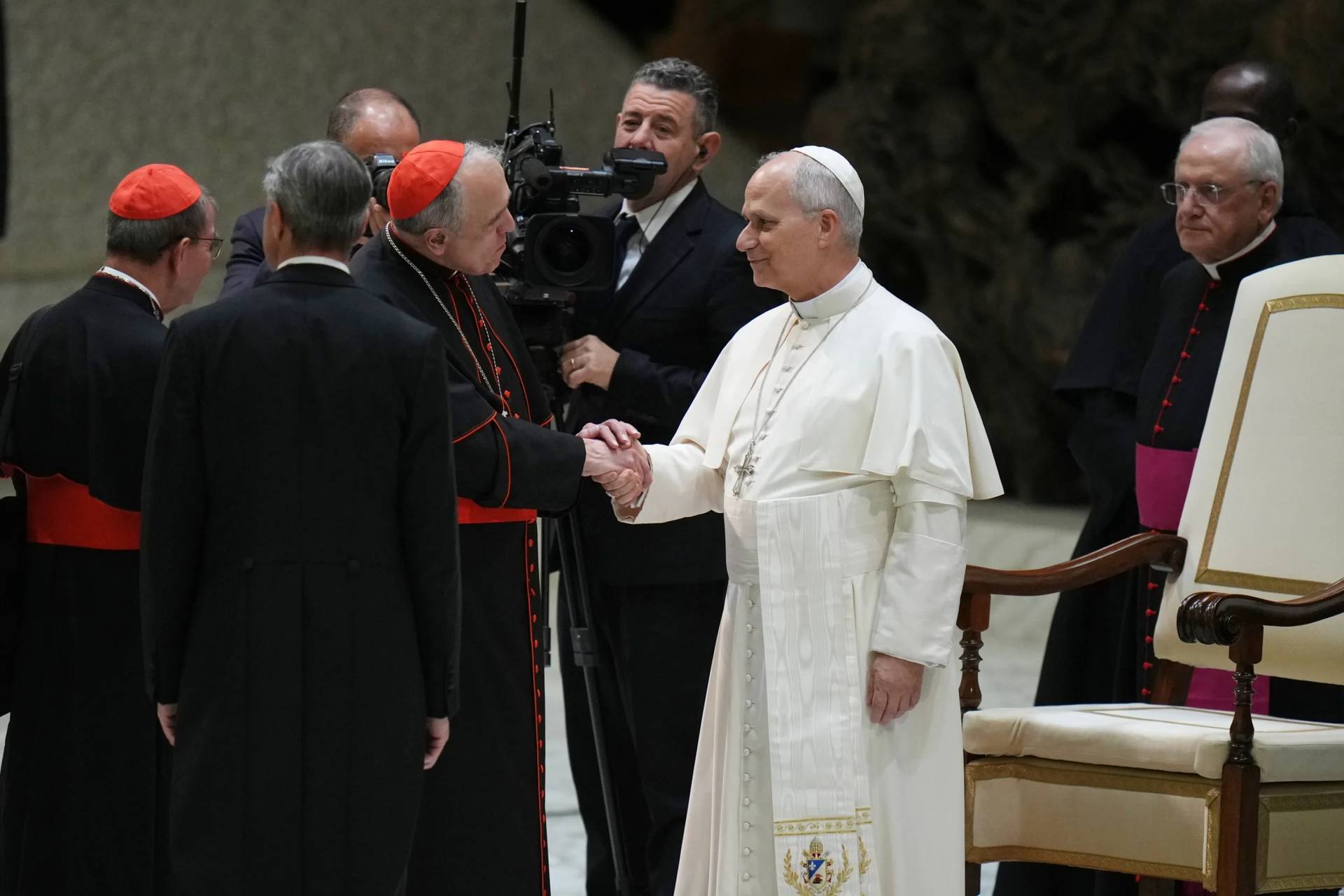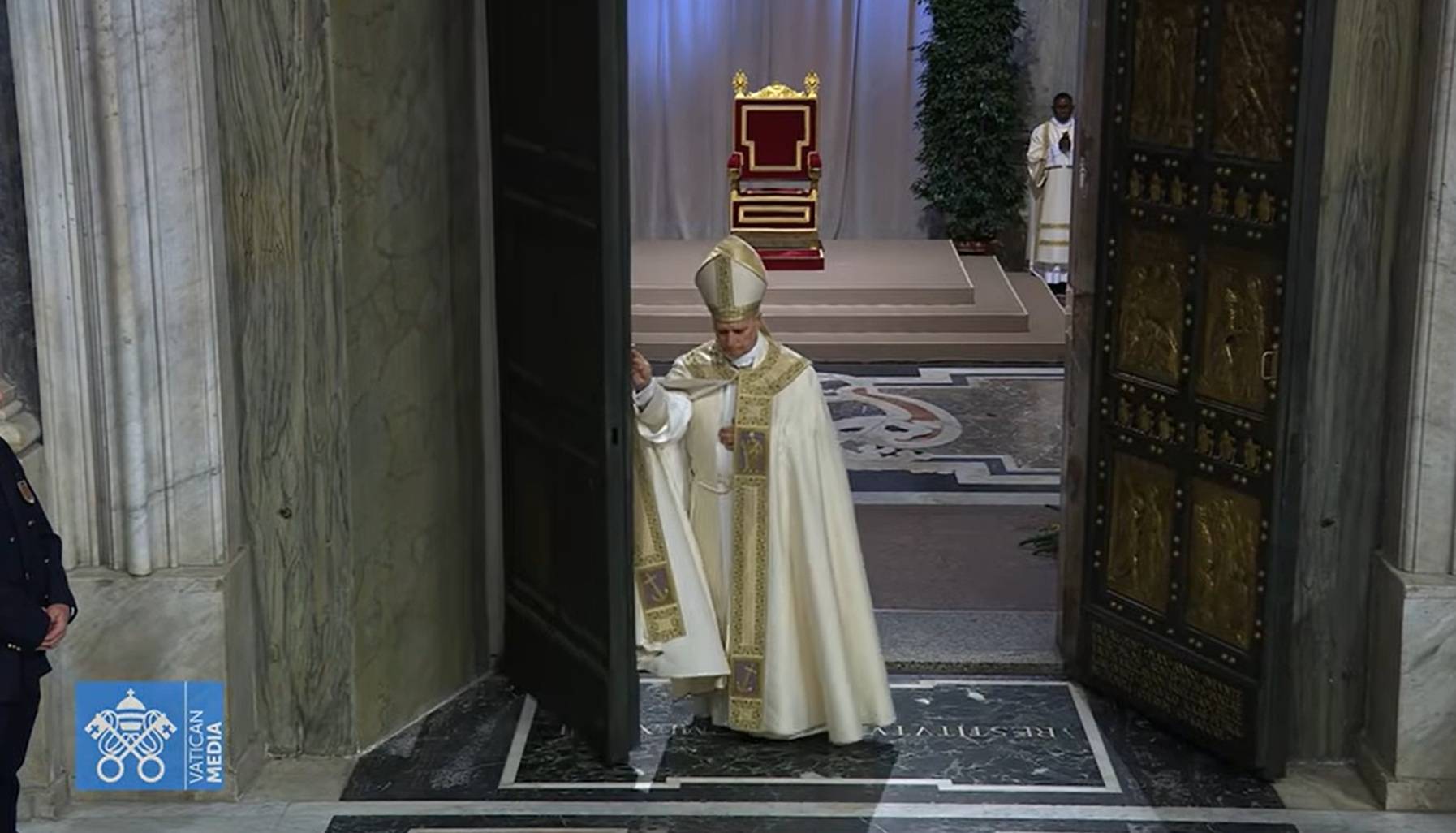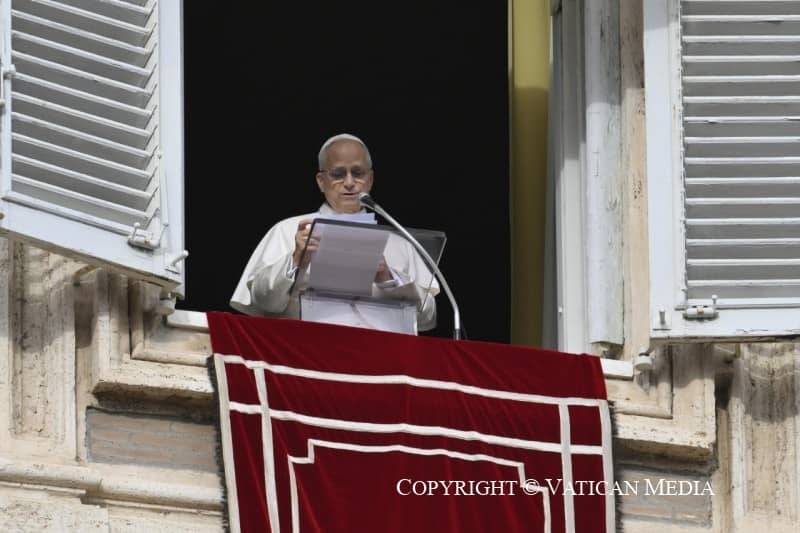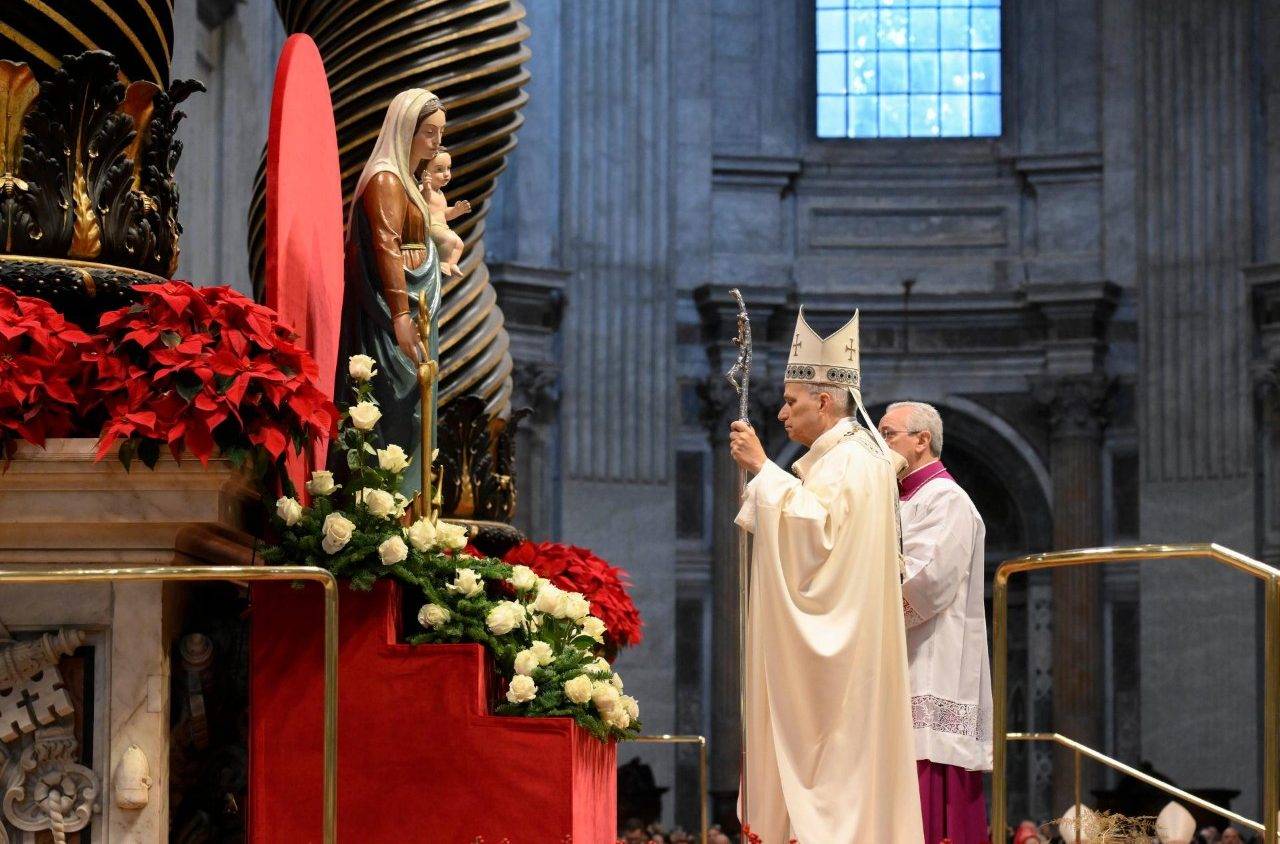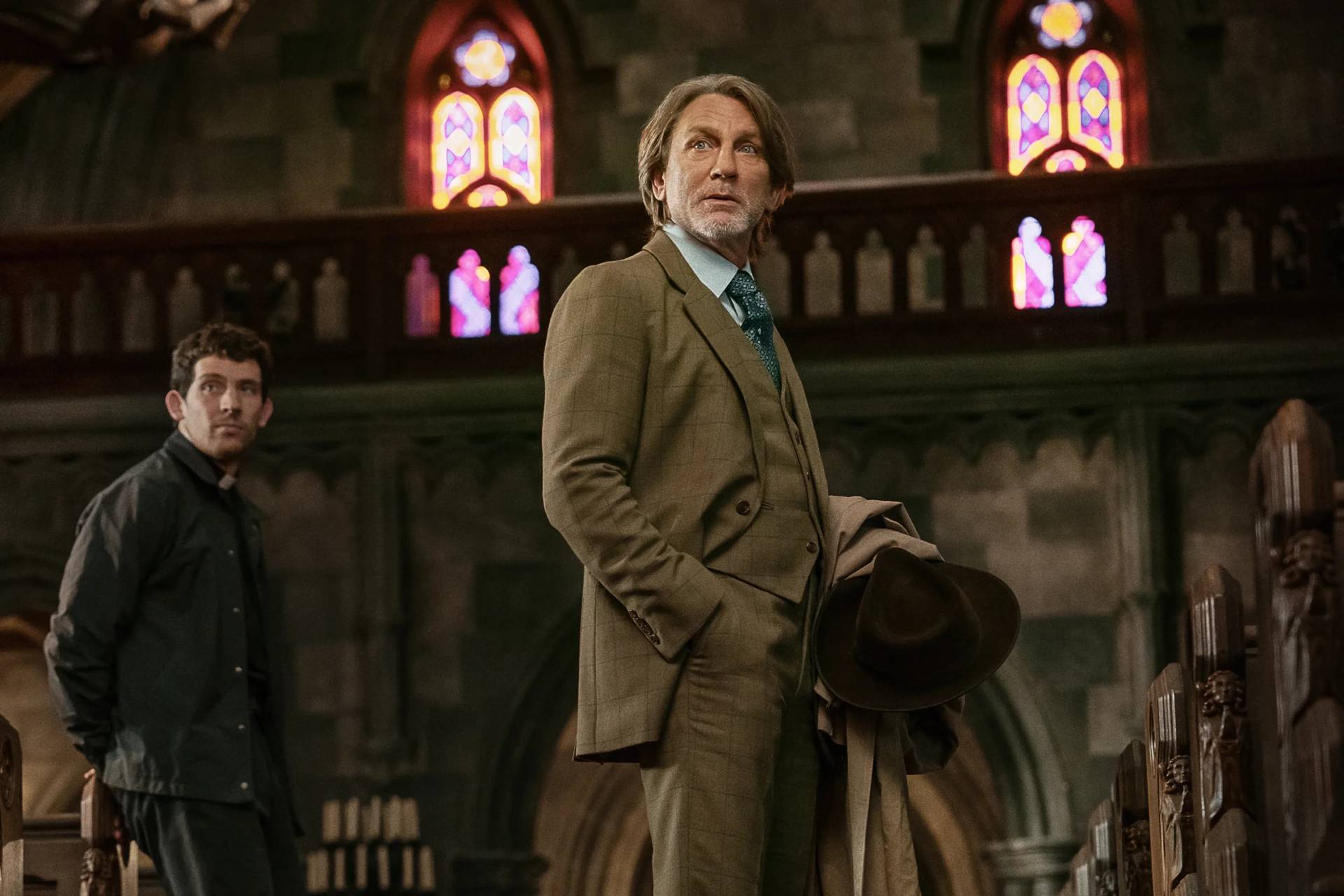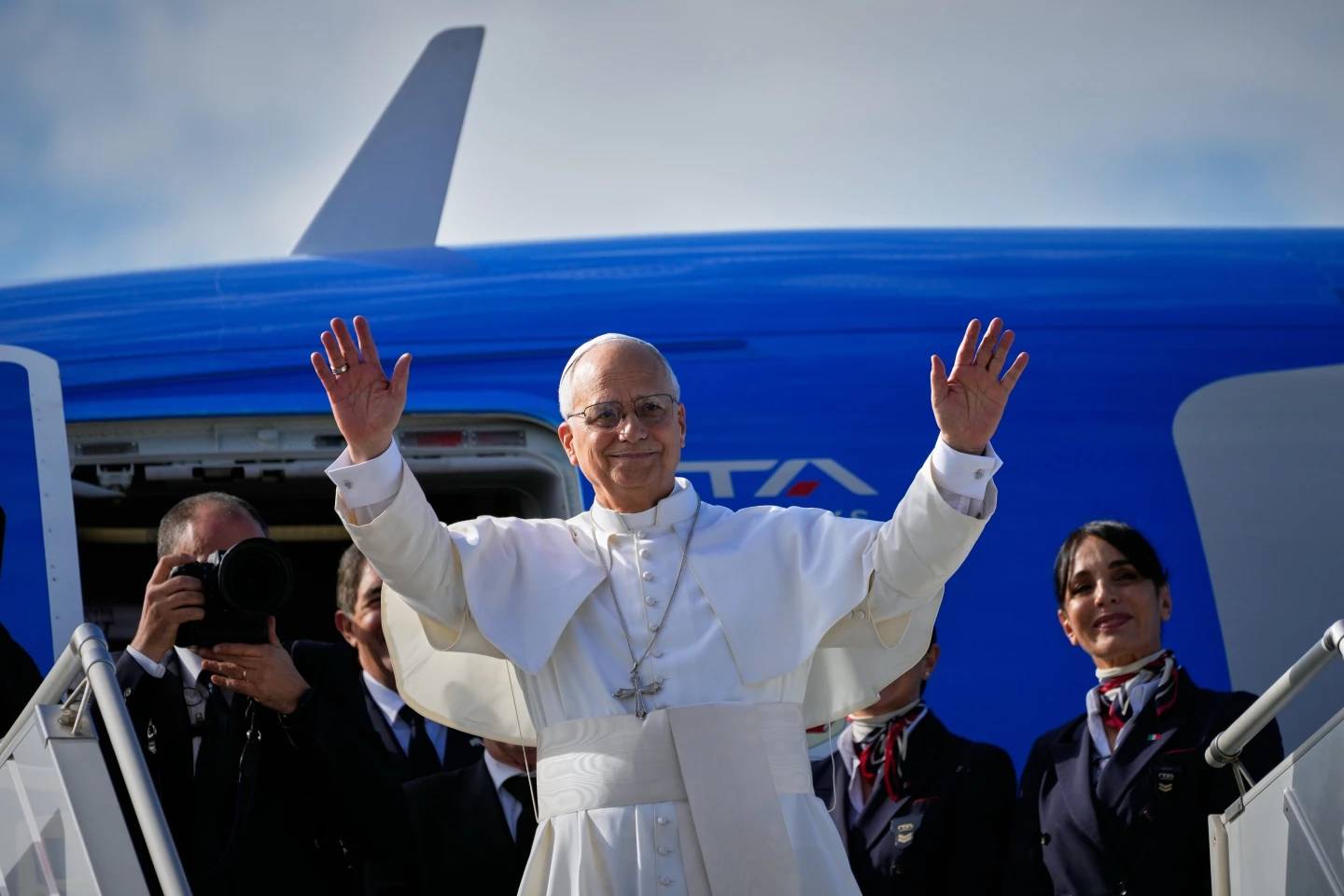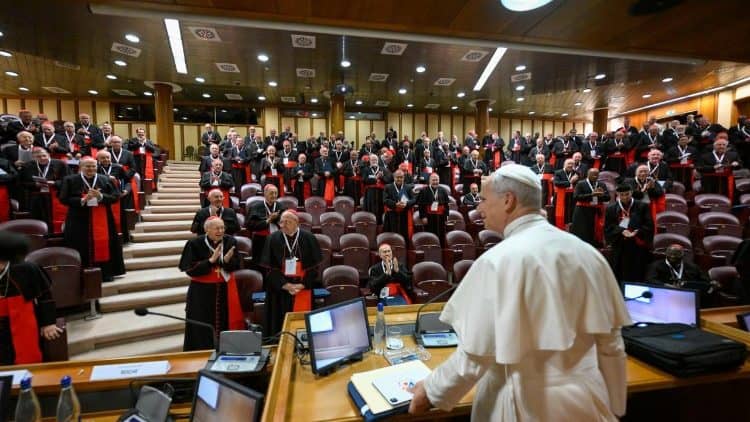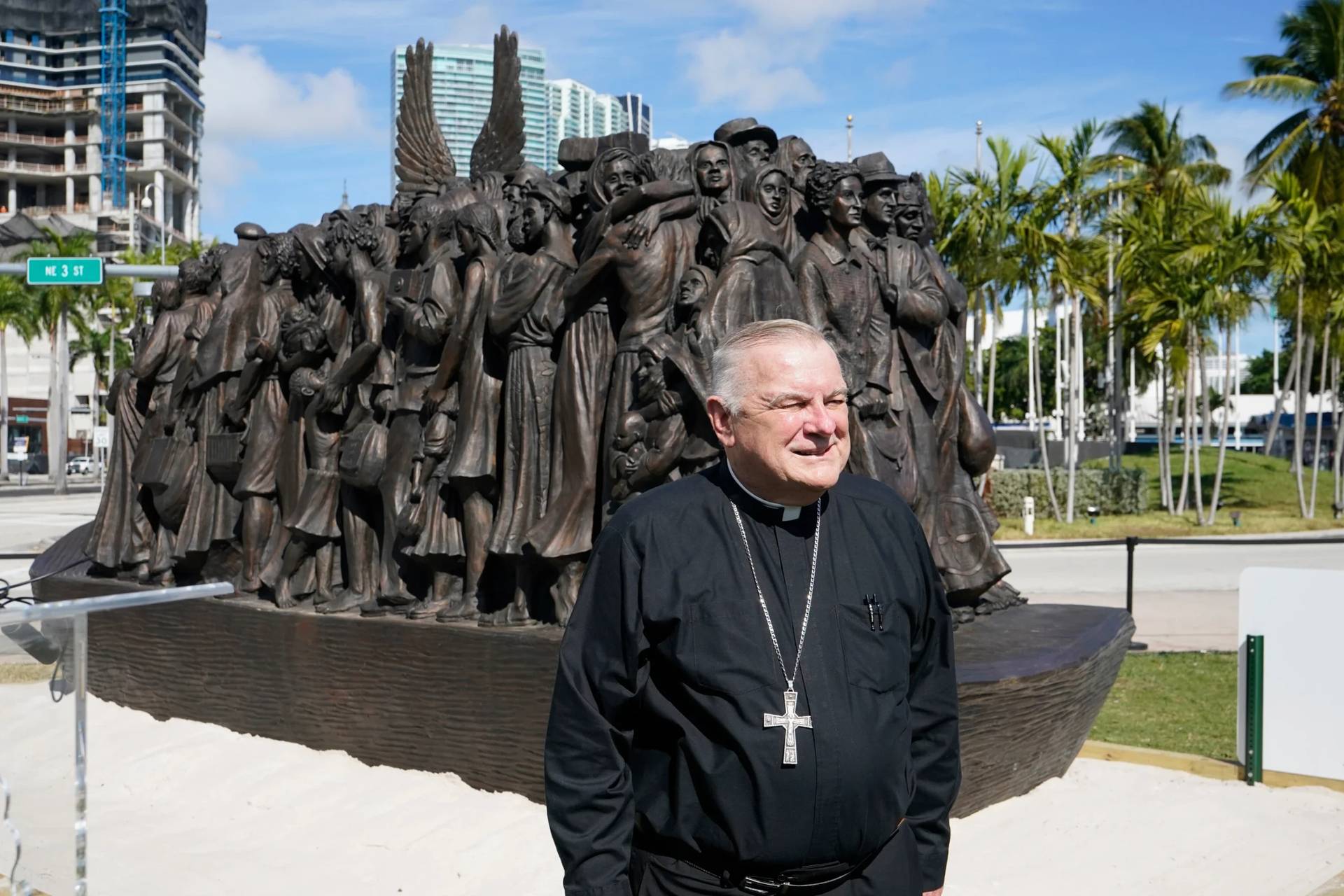ROME – A Sept. 5-7 pilgrimage of roughly 2,000 LGBTQ+ Catholics to Rome as part of the ongoing Jubilee Year, which is not formally part of the calendar of official celebrations but which never nevertheless has been welcomed by some church officials, culminates today with a procession of participants into St. Peter’s Square for the pope’s traditional noontime Angelus address.
Among many Vatican-watchers, pundits and activists – especially, of course, in the United States and Western Europe – the gathering, and everything it represents, is being styled as an acid test for Pope Leo XIV.
The presence of all those LGBTQ+ pilgrims in the Eternal City, these observers say, will force the pope to step out from his shell – to finally raise his voice and declare definitively if he stands with the reformist, inclusive vision of his predecessor, Pope Francis, or if he leans in a more traditional and restrictive direction.
In other words, people on both sides of the ideological tensions that any mention of the LGBTQ+ agenda inevitably awake are breathlessly waiting for the real pope to emerge from beneath his cautious, careful, and measured façade.
To which I suspect the obvious answer may be: You may want to consider that the cautious, careful and measured façade, in the end, is the real pope.
In that light, waiting for someone else to step forward – either a firebrand change agent in the spirit of Francis, or a throwback traditionalist in the manner of some of Francis’s fiercest critics – will turn out to be an exercise in frustration.
In tandem with the current pilgrimage, American Jesuit Father James Martin met with Pope Leo and came out of that session full of reassurances for the LGBTQ+ community, saying that pope had vowed that he wishes to continue the inclusive approach of Francis.
While there’s certainly no reason to question that account, it’s nonetheless telling that Leo is apparently content to deliver his message off-camera and in private to Martin, rather than doing so in his own voice in some public setting.
It’s an clever way of doing business, choosing an interlocutor whom you know will be trusted and taken seriously by the community you want to address, but not making public statements yourself which you know full well would be scrutinized, spun and distorted on all sides of today’s ideological catfights.
At the moment, it seems that’s as much of a “big reveal” as the LGBTQ+ pilgrimage is likely to generate.
Anyone expecting something more from the pontiff – some dramatic public gesture, such as showing up himself impromptu to celebrate Mass for the group, or some landmark public declaration, such as a vow to promote the blessings for couples in same-sex unions referred to in the controversial 2023 document Fiducia Supplicans, is almost certain to be disappointed.
By all accounts, Leo XIV is a classic moderate on most matters, including the LGBTQ+ issue. There’s no sign he plans to disown the Francis emphasis on welcoming anyone who wishes to be part of the church, but there is equally no indication that he intends to move the goalposts in terms of church teaching on marriage, human sexuality and the family.
Perhaps the key difference between Francis and Leo in this regard isn’t so much a matter of substance, but rather that Leo doesn’t feel the need to spell all that out in terms of splashy public comments. He’s seemingly content for people to intuit his approach from what he does, rather than what he chooses to say out loud at any given moment.
There’s a larger point here about the Leo papacy to date which probably shouldn’t be missed.
Monday, Sept. 8, will mark precisely four months since Robert Francis Prevost ascended to the papacy as Leo XIV. In that time, ask yourself: How many lacerating papal bombshell declarations has the church been compelled to deal with? How many divisive personnel moves has the pope made, how many disputed doctrinal declarations has he issued, how many painful firings or demotions has he imposed, and how many sensational but ambivalent and divisive public declarations has he issued?
The correct answer, of course, is “none.”
In some circles, all this is viewed as the calm before the storm. The idea is that Leo is biding his time, keeping his powder dry, figuring out whom he can trust and amassing his resources. Eventually, so they theory goes, he will come bursting forth, making waves and shaking things up.
It’s at least worth considering, however, that these first four months of the papacy are not simply a cesura, a sort of pregnant pause before a dramatic crescendo.
Instead, perhaps in embryonic form these opening days have been the substance of this regime – a mode of leadership that emphasizes balance, consideration for all points of view, restraint in the absence of truly compelling motives for departure, and which believes that what the church needs right now, above all, is not further upheaval but a measure of peace.
To put the point as simply as possible, maybe we should stop waiting for the real pope to please stand up. Instead, maybe we should get used to the idea that what we’ve already seen is what we’re going to get – a gentle, pastoral shepherd, for whom community is a far higher ideal than confrontation.
